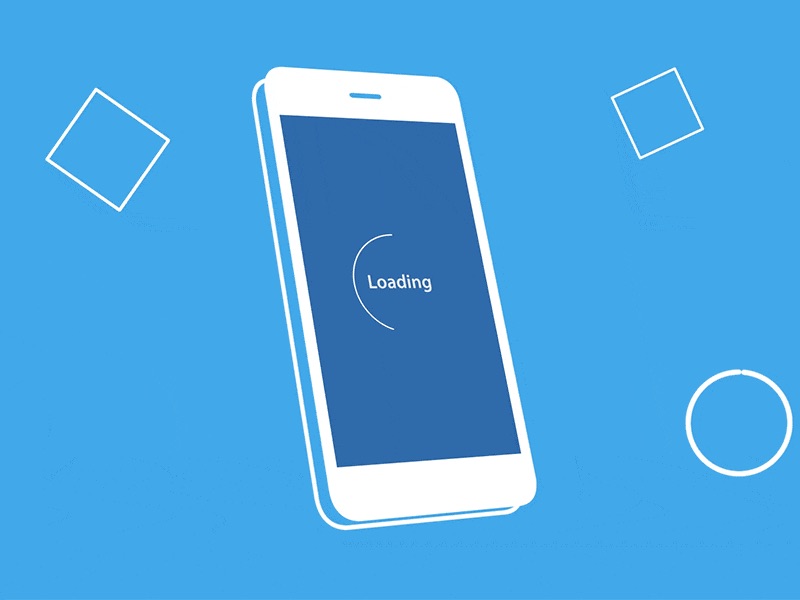Telephone culture is disappearing.
If your B2B marketing or sales organization places lofty expectations on your lead generation or inside sales team to penetrate new accounts primarily via outbound phone calls, you are wasting resources, time, and money. I know you also likely have email marketing tools (e.g., Pardot, Constant Contact, Eloqua, MailChimp, etc.) to email our prospects regularly. However, I bet the amount of money you spend on email marketing is a fraction of what you spend on phone outreach (aka, telemarketing, teleprospecting).
There are more communication options.
Agile workplace design thinking has reduced permanent office space in favor of home offices, soft-phones, and open-workspaces. Many people no longer have a physical desk phone for pick-up, so they’ve migrated to cell phones, web-conferencing, and collaboration tools like Skype for Business. I’m purposely excluding social media as an option from this post because we are all tired of discussing social media.
- Here is the reality: Phone outreach can be a powerful way to connect with prospects, but as a stand-alone activity, its effectiveness is waning faster than you will probably be able to replace with other activities.
- Email marketing is critical, but you are fighting lots of other firms vying for your prospect’s attention. This activity done well, can drive interest from prospects and help the success of outbound calls. More often than not, I see email marketing disconnected from other marketing activities, so its impact limits success without an integrated approach.
- Since most people aren’t answering their desk phones (if they have one) anymore, you would think to call their cell phones is the answer. Yes and no. “Cold calling” cell phones are generally not appropriate. Provided you have attempted contact in another form (e.g., email), cell phone outreach can be useful. However, the amount of time to make your pitch is about 15 seconds, as compared to 30–45 seconds to a desk phone.
So What Next?
Carefully evaluate the ROI of your telephone outreach marketing efforts. Dig into the details, including consistency the past 18 months and the specific opportunities generated.
Nudge the marketing and sales teams, to talk and collaborate on the effectiveness of phone outreach. They will concur with the trends I’ve discussed here, but they’ll need to evaluate and agree on countermeasures.
Challenge your marketing team to explore integrating marketing efforts more tightly. For example, if you spend a significant share of your budget on live events, how are events incorporated into other elements of the marketing mix?
This post was influenced by this article I read in The Atlantic magazine.
2-Bullet Tuesday is taking July off for a much needed rest. We’ll be back in August.





